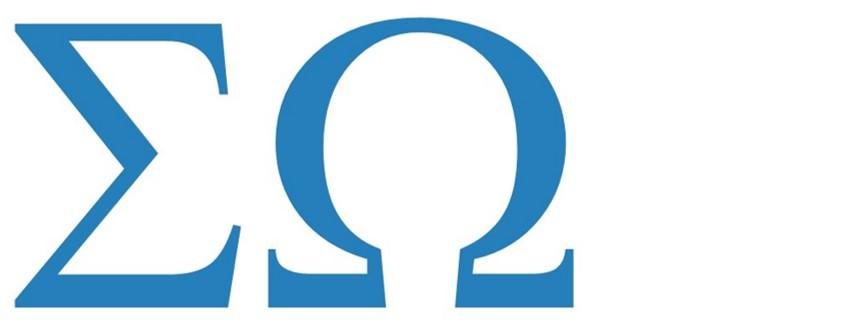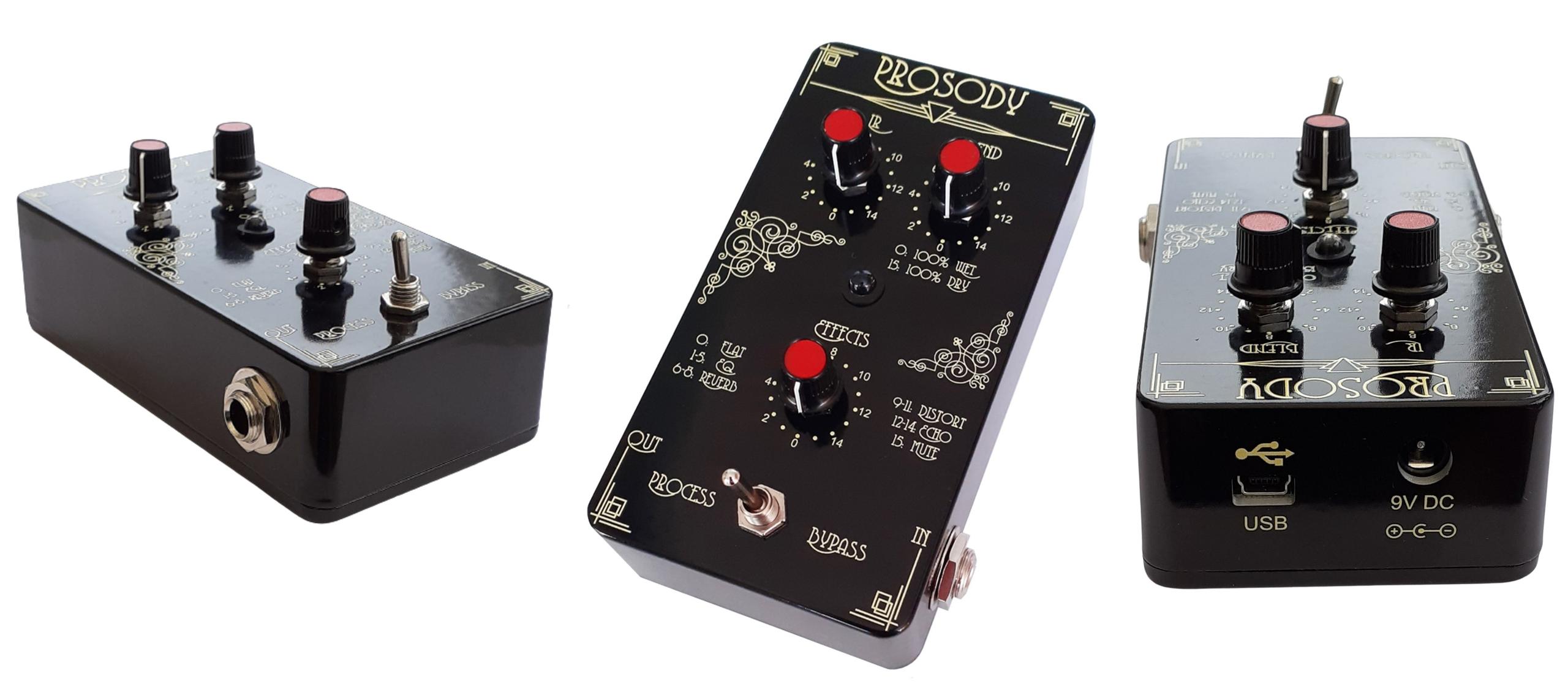Prosody is the successor to the hugely popular vsound pedal, featuring a host of new features and capabilities demanded by our customers. Using impulse responses (IRs), it modifies the signal produced by any electric instrument (or acoustic string instrument fitted with a pickup), to match the timbre and voice of a high-quality acoustic equivalent. Prosody is complex piece of electronics, but it is very simple indeed to operate. Simply plug your instrument into Prosody, plug the output from Prosody into an amplifier or headphones, switch on and select an impulse response (IR), blender and effect.
You can of course power Prosody using a standard 9V pedal power supply. But for convenience, we've added the option to power it from the USB input (cable supplied).Prosody comes with 16 pre-loaded IRs in its memory, and many additional ones are included with the software package for guitars, violin, cello, violas, upright basses and guitar cabinet (CAB) responses. There are even hybrid responses – IRs that are blends of cellos and violins, for example – which have been created specifically for string instruments with extended ranges.
Prosody is controlled using the rotary switches on the top panel. These are high quality digital controls that provide tactile feedback to confirm the chosen position. Selection of an IR is achieved simply by turning the top-left rotary switch. The lightning-fast processor responds so quickly that there is no noticeable delay in the output. You can also download your own responses or contact us to provide you with new or modified responses.
The top-right rotary switch controls the blend between the original dry signal from your instrument and the wet signal produced by the IR processing. Position 0 gives 100% wet, and position 15 gives 100% dry, so it is possible to control the blend with a high degree of precision. The unique algorithm not only responds instantly, but the blending is implemented so that there is no lag between the wet and dry components.
The
bottom rotary switch lets you choose from one of 16 effects, including
parametric EQ, reverb, distortion and echo. All of these effects can be
customized and locked into the pedal using the software provided.





